Assessing Full Versus Fulfilling
Coupled with determining urgent versus important in terms of how we spend our time, especially when the day feels like a grind and the environment seems chaotic, is the notion that we need to assess whether our workday is full or fulfilling. The reality is that creating a fulfilling work environment for yourself and those within your school or organization is the hallmark of an effective leader. Busy and effective are too different things. We all can get caught up in the race from meeting-to-meeting without truly making a difference in what matters most–student learning and well-being in our schools.
We have heard from leaders who use a retrospective reflective approach by taking a look at their week on Fridays to assess how busy they were versus how much of an impact they had. We flip that to a forward-focused examination of your calendar. Instead of using Friday to assess the week that just passed, use that time to assess the upcoming week. A great tip we learned from John Maxwell in Thinking for a Change is to look at your calendar 40 days out. As Maxwell puts it, “that way, I get a jump on the month and don’t get surprised.”
Use this as an activity to delegate and restructure any upcoming meetings. Make sure that the work you’re engaged with as a leader is going to be about 1. your vision, 2. the people and programs (what’s working and what’s not), and 3. innovation for change and future development. Sticking to these three buckets will have the best chance at making sure you stay away from the administrivia that can hijack your time, allowing you to be effective and, most important, feel fulfilled.
Attending to the Most Important Spaces
You can only have so many priorities so they need to be limited. One way to keep the main thing the main thing when everything seems chaotic is to ask yourself what the most important spaces are in your school and whether or not you’re spending the majority of your time in that space. The answer to the first part of the question is not likely to be the office, the cafeteria, or the playground, yet school leaders often find themselves in these spaces for a large chunk of their day. The clear right answer is the classroom, with teachers and students. That should drive us to want to be there as often as possible to be in touch with those doing the teaching and the learning.
But wanting to be there–the classroom–is not enough. Strategies like time-blocking are a great start, but that also is not enough. The best way to attend to the most important spaces is to have a system in place, designed as a fool-proof way for you to visit every teacher every week. For example, last month, we focused on SEL as a key driver in our schools with getting to classrooms and making connections with staff and students a central activity.
Your plan should involve seeing all of their blocks of instruction throughout the month and doing so on different days of the week. You’ll need a Google Sheet or what we call “a big board” to draw out your map; when the system is in place and the time is blocked on your schedule, this daunting task is manageable, no matter what storm is brewing.
We can’t say enough about leaders spending time in the most important spaces of any organization (maybe a future blog post, stay tuned). This is the backbone of a positive culture and a management structure for being around when people are doing their best work. Not only does it provide critical insight into what folks are doing on a regular basis, but it allows us, as leaders, to lift the people through authentic recognition and praise. If you don’t have a working system for visiting classrooms, we need to hear from you because we can help.
Putting your vision to the test, leading with your values, determining urgent versus important, assessing full versus fulfilling, and attending to the most important spaces in our schools are the five most practical and direct ways to keep you growing through the grind and focused when things feel out-of-control. The essential role of a leader is to attend to her own growth while staying focused on the health and direction of the organization. You can’t do that if your own day is as unruly as the times we’re living in. Using the strategies in this blog will ground your work and get you back to calmer waters.
As always, let us know what you think of this with a like, a follow, or a comment. Find us on Twitter, YouTube, iTunes, Facebook, & SoundCloud. And, again, if you want one simple model for leading better and growing faster per month, follow this blog by entering your email at the top right of the screen.
TheSchoolHouse302 is about getting to simple by maximizing effective research-based strategies that empower individuals to lead better and grow faster.
Joe & T.J.
This blog post was brought to you by GhostBed, a family-owned business of sleep experts with 20+ years of experience. With 30K+ 5-star reviews, you can’t go wrong with GhostBed. Their mattresses are handcrafted, and they come with a 101-night-at-home-sleep trial. For a limited time, you can get 30% by using our code — SH302 — at checkout. And, even if you tell someone about GhostBed, you can earn a $100 referral reward. Go to Ghostbed.com today and use SH302 at checkout.

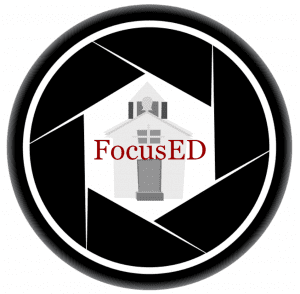

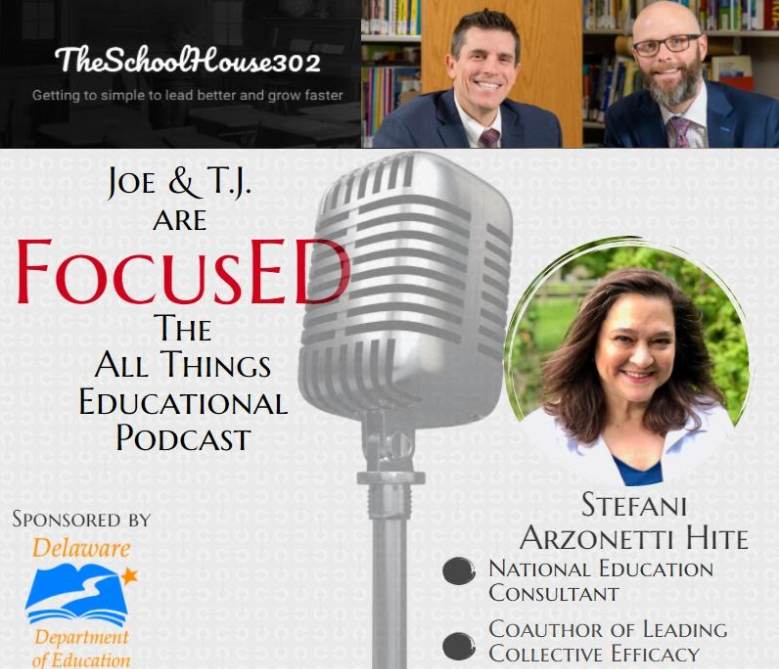







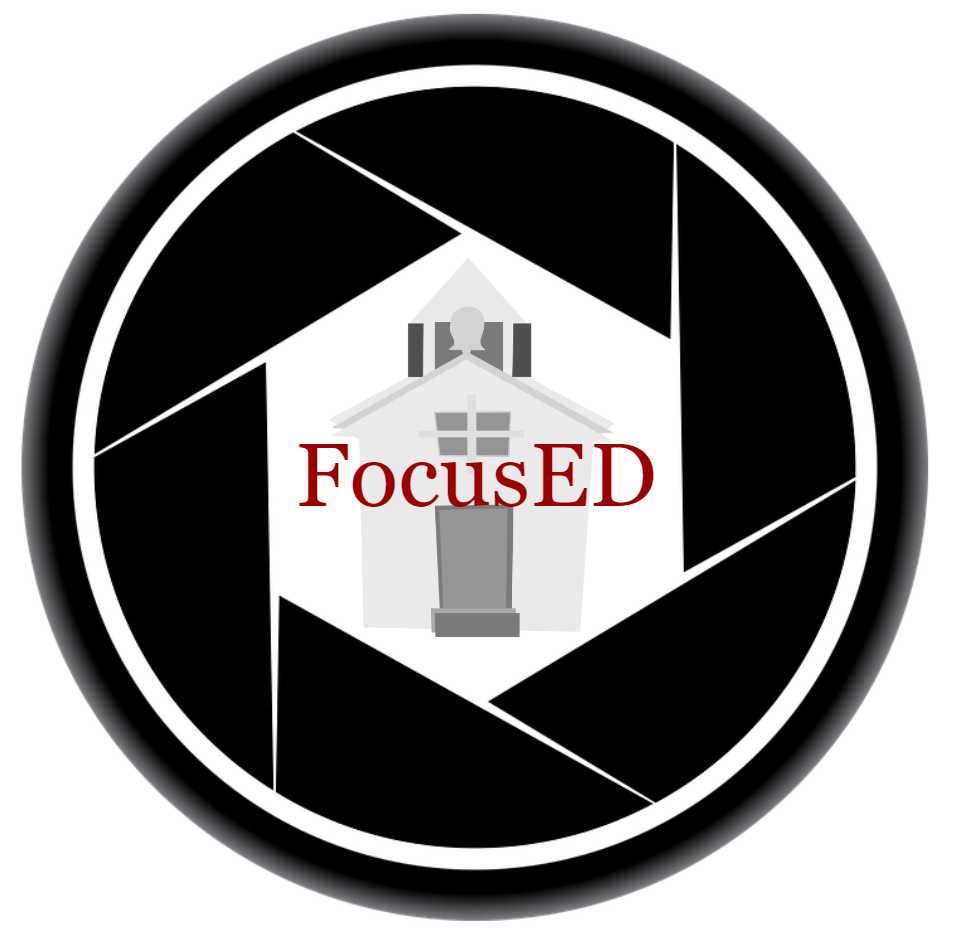
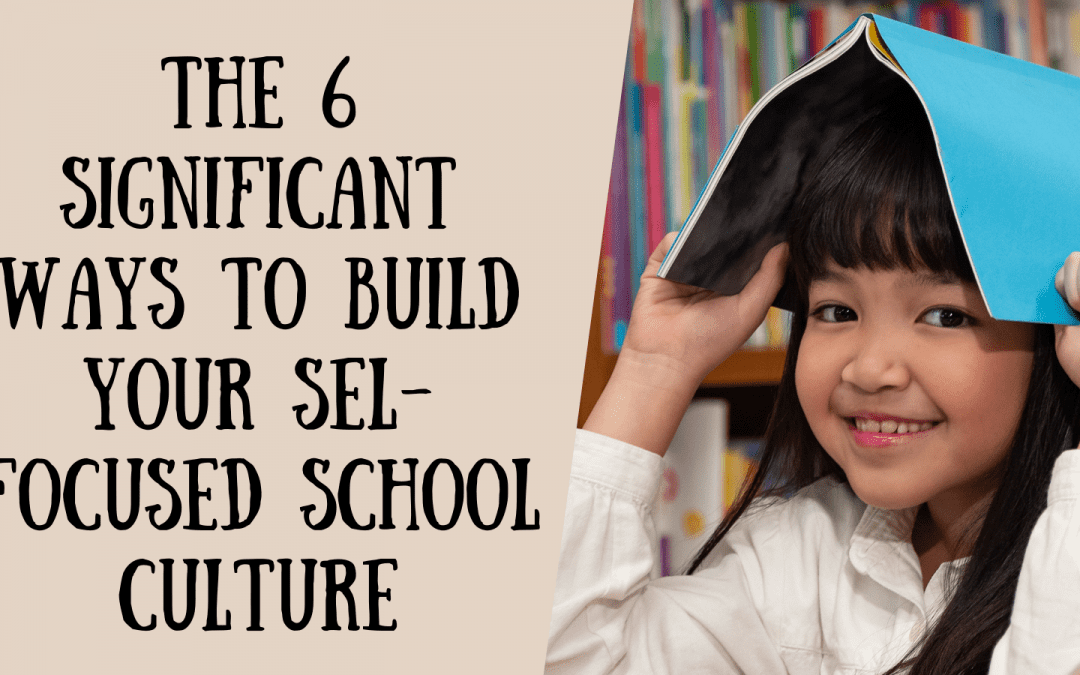




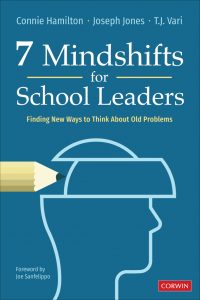 7 Mindshifts for School Leaders: Finding New Ways to Think About Old Problems.
7 Mindshifts for School Leaders: Finding New Ways to Think About Old Problems. 


